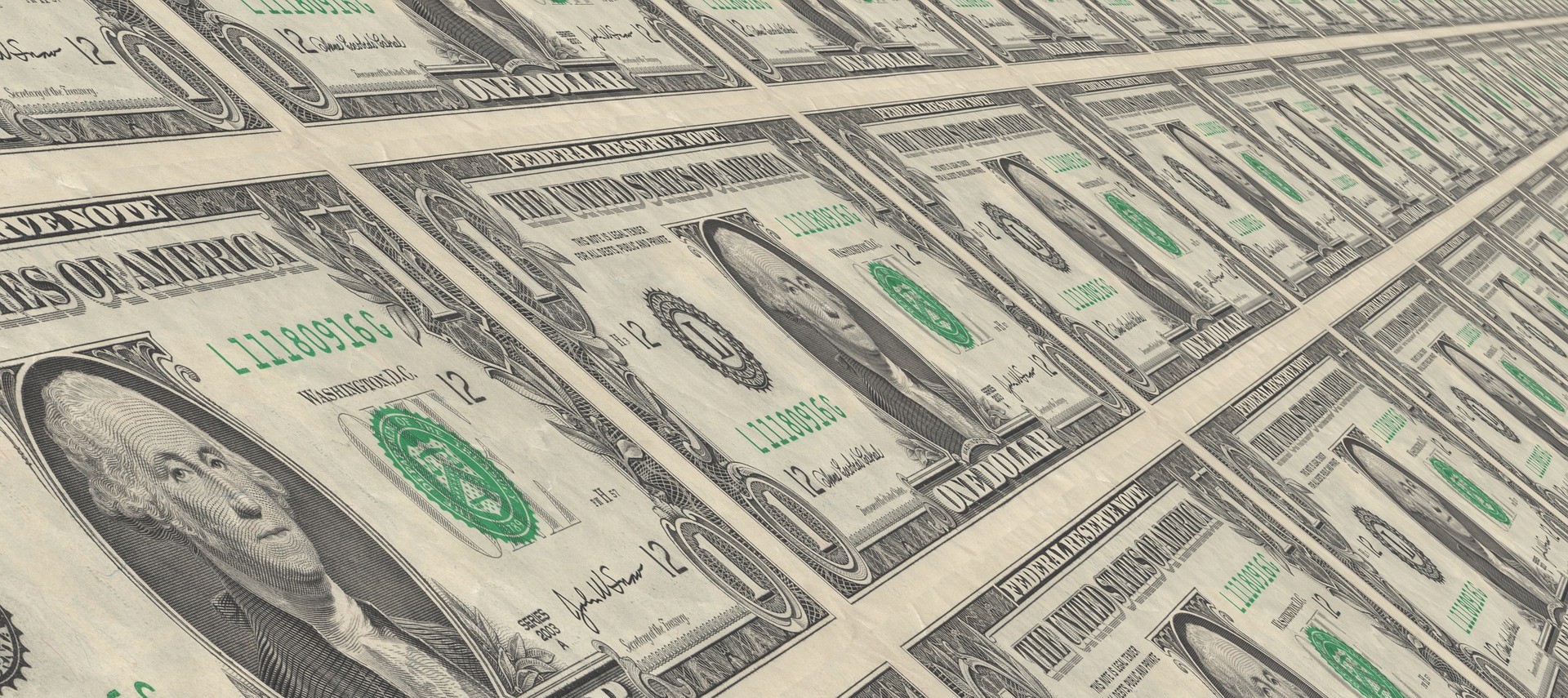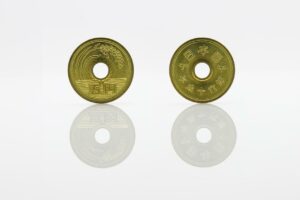
Euro Struggling against the Dollar on Gloomy PMIs
On Thursday, the euro saw a broad weakening, as disappointing French and German PMI data confirmed that there was a slowdown in the eurozone economy. This prompted traders to start pricing in bigger interest rate hikes from the European Central Bank (ECB).
Disappointing PMIs
Demand for manufactured goods recorded a fall in June because of the soaring prices in the eurozone. This was the fastest drop seen since May 2020, when the COVID-19 pandemic had been intensifying. The Purchasing Managers’ Index (PMI) from S&P Global showed a decline to an almost two-year low, as it went from 54.6 to 52.0.
Market analysts said that the PMIs had not turned out to be as strong as expected, which means that the numbers are going to grab the ECB’s attention. However, the ECB will not change its tactics before it gets evidence that the picture painted by these numbers can be seen in the hard data.
After the data was released, money markets had priced in rate hikes of about 30 basis points in July, as compared to the 34 basis points that had been priced in on Monday. Likewise, this also prompted traders to trim their rate hike expectations by the ECB at the end of 2022 from 176 basis points on Monday to 161 basis points.
Euro Declines
The euro recorded a fall of 0.6% against the US dollar, as it came down to $1.0498. The single currency has moved below the $1.05 threshold this week for the third time. There was a more than 1% decline in the euro against the Japanese yen.
The losses in the euro drew the US dollar away from the lows it had reached earlier. Instead, the greenback was once again in positive territory against its peers, after risk sentiment was weighed down due to the comments of the Federal Reserve Chairman, Jerome Powell, on Wednesday.
While markets have already priced in expectations of a 75 basis points rate hike by the Federal Reserve in July, analysts believe that the European Central Bank and the Bank of England are going to take a softer approach, or else damage economic growth. On Wednesday, Powell said that recession was possible, which reflects the financial markets’ fears that the tightening pace could stifle growth.
Norwegian Crown Gets no Boost
On Thursday, the central bank in Norway also decided to follow the same path as other central banks, as it announced an interest rate hike of 50 basis points. This is the largest increase seen since 2002 and is double of what the economists had expected. Therefore, it is not surprising that the Norwegian crown did not get a boost.
After the rate was announced, the crown recorded a rise against the US dollar briefly, but then fell when the greenback gained strength against most major currencies. The crown was last trading flat against the euro and had recorded a decline of about 0.6% against the US dollar.




